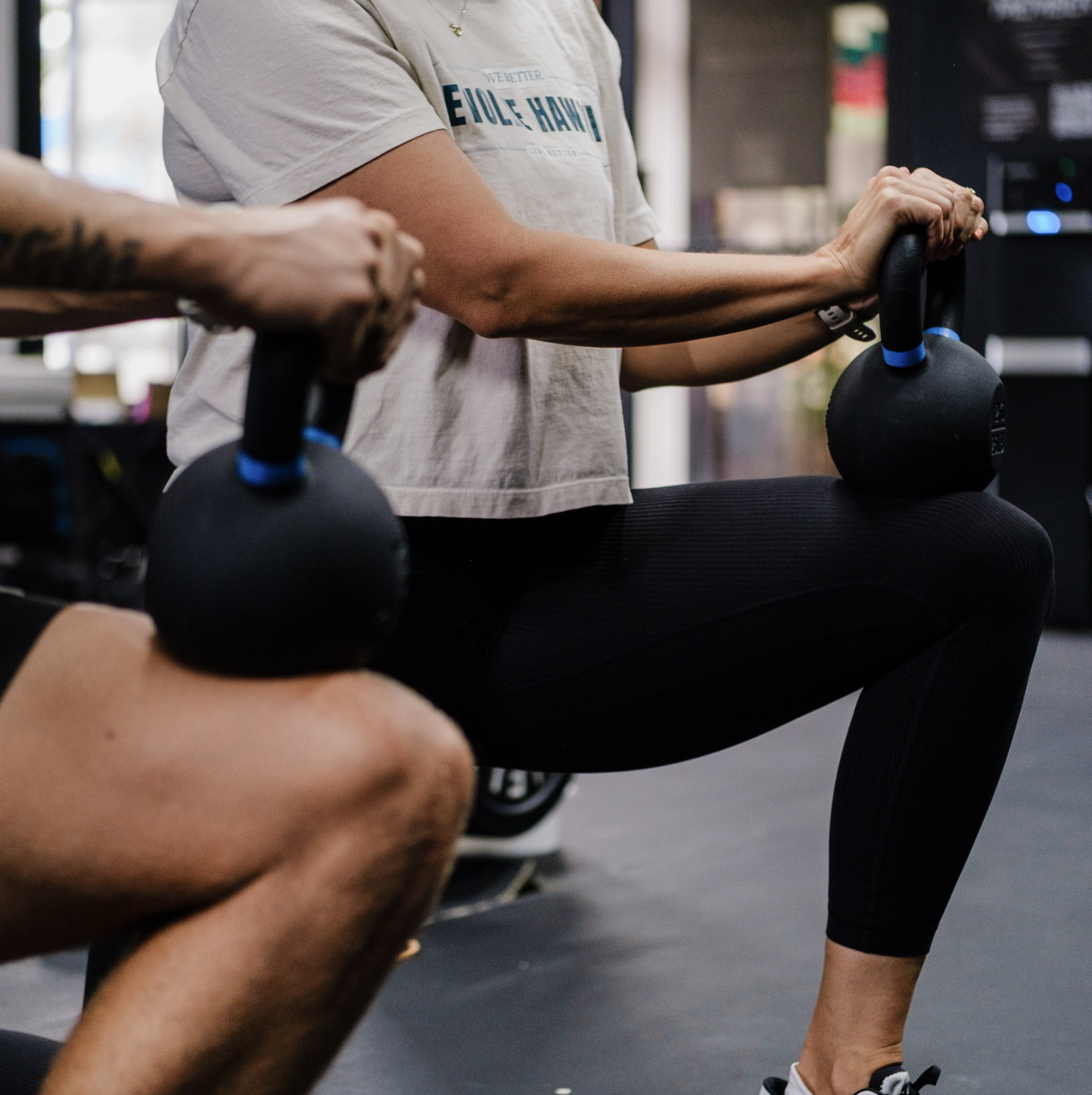Unilateral Strength Training for Paddlers: Prevent Injuries and Boost Performance
When most people think of strength training, exercises like squats, deadlifts, and bench presses come to mind. These moves work both sides of the body at the same time and are great for building general strength. But they can sometimes hide muscle imbalances that increase your risk of injury. That’s where unilateral strength training—training one side of the body at a time—comes in.
For paddlers, unilateral exercises are key to improving balance, reducing injury risk, and increasing overall performance.
What is Unilateral Strength Training?
Unilateral training means doing exercises that focus on one arm or leg at a time. For example, a single-leg squat instead of a regular squat, or a single-arm chest press instead of using both arms together.
These types of movements challenge each side of your body separately. They help you notice and fix any imbalances, making your body more balanced and functional—especially helpful in sports like paddling, where movements are often one-sided.
Why Unilateral Training Matters for Injury Prevention
1. Corrects Muscle Imbalances
We all favor one side of our body. This can lead to strength differences between your right and left sides. Over time, the stronger side may overcompensate, putting extra strain on your joints and muscles.
For paddlers, uneven shoulder, core, or leg strength can hurt your stroke and lead to injuries like shoulder pain or back issues. Unilateral exercises help fix this by strengthening the weaker side.
2. Improves Joint Stability
Balancing on one leg or using one arm forces your joints to work harder to stay steady. This builds stability, especially in the knees, hips, and shoulders—areas prone to injury.
For example, a single-leg deadlift strengthens your hip muscles and challenges your balance, helping prevent sprains or strains.
3. Builds Core Strength
Your core works extra hard during unilateral movements to stop your body from twisting. This builds real-world strength and protects your spine.
Moves like a single-arm press or row force your core to stay steady, which improves your control and power during paddling.
4. Mimics Real-World Movements
Sports and daily life rarely involve using both sides equally. Training one side at a time helps your body move more naturally and improves coordination and balance.
For paddlers, this training better prepares your body for the shifting demands of each stroke.
5. Reduces Overuse Injuries
If one side of your body is doing more work, it’s more likely to get injured. By strengthening both sides equally, unilateral training spreads the load and protects you from overuse injuries—especially in the shoulders and lower back.
Top Unilateral Exercises for Paddlers
Try adding these to your workouts:
- Single-Leg Squat (Pistol Squat): Builds lower body strength and balance.
- Single-Leg Deadlift: Strengthens hamstrings and glutes while improving hip control.
- Single-Arm Dumbbell Press: Builds upper body strength and challenges core stability.
- Single-Arm Row: Strengthens back and shoulders and improves posture.
- Lateral Lunge: Improves hip mobility and leg strength on both sides.
💪 Want a full program designed just for paddlers? Join Paddle Strong and train smarter!
How to Add Unilateral Exercises to Your Routine
Start simple. Add 1–2 unilateral moves to your regular workouts. Begin with bodyweight versions to master form. Then, gradually add resistance using dumbbells or kettlebells.
Aim for 2–3 sets of 8–12 reps per side. If one side feels weaker, give it a little extra attention until both sides are balanced.
Final Thoughts
Unilateral training is a powerful way to prevent injuries and improve how your body moves. By balancing strength, building stability, and targeting your core, this type of training is especially helpful for paddlers.
Looking for a personalized plan? Evolve Hawaii PT offers custom strength programs for paddlers and athletes. Book a free consultation or check out our Paddle Strong Strength Training Program today!
🌊 Ready to feel stronger, more balanced, and injury-free? Join Paddle Strong now.
October 15, 2024
Alex Langford

Join our weekly newsletter to receive expert health tips, actionable insights, and updates on upcoming events and programs.